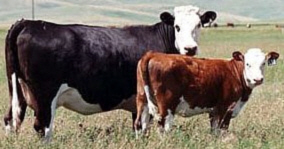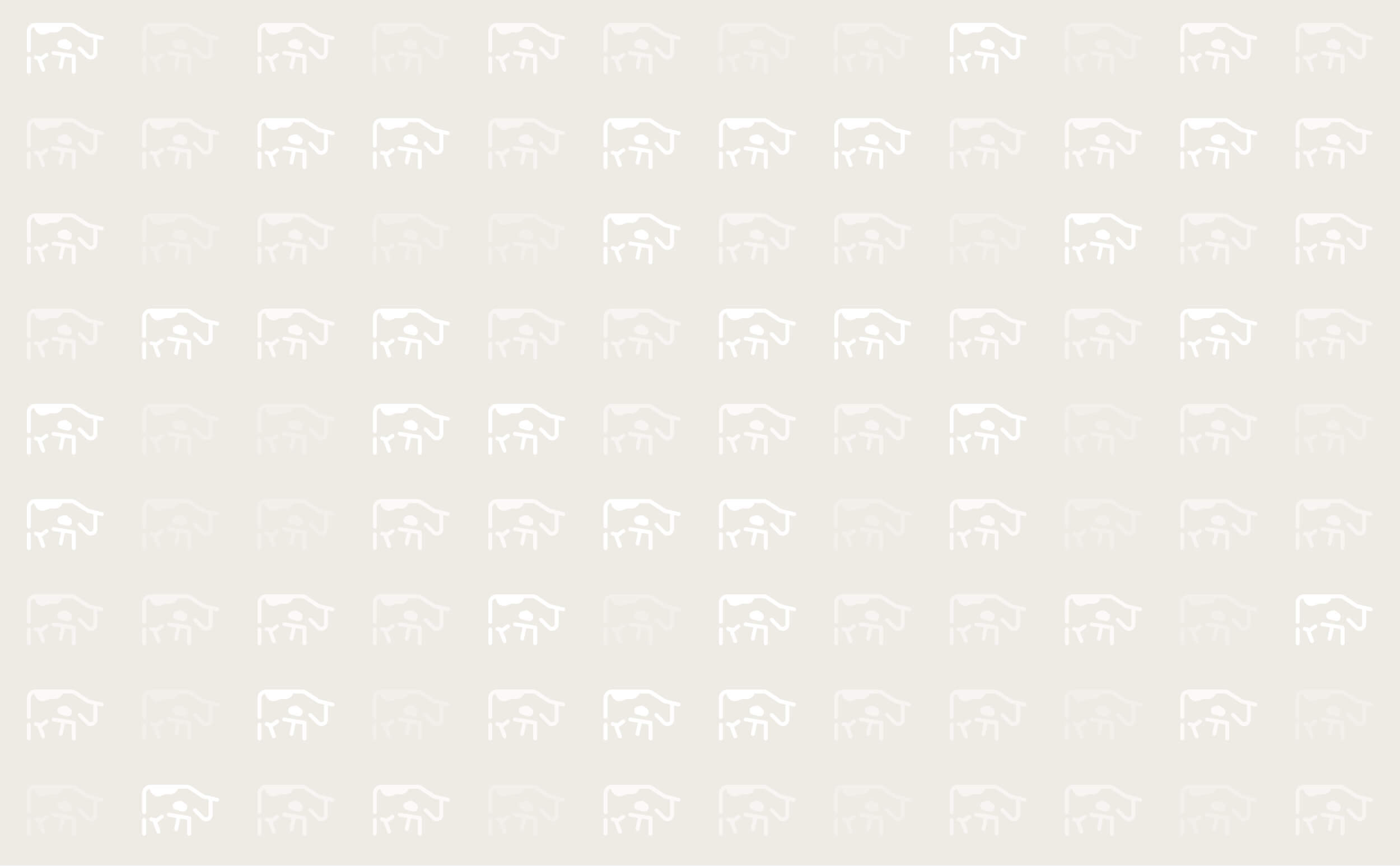



Hays Converter
History
The Hays Converter is the first beef breed recognised as a pure breed-registerable under the provisions of the Canada Livestock Pedigree Act and developed by a Canadian Livestock producer. Since the concept was first developed by Senator Harry Hays of Calgary, the objective has been to produce superior animals with the selection based only on performance. Senator Hays considered the idea for a new beef breed for a long time. Besides wanting to develop a leaner breed of cow, he wanted one that gained weight as efficiently as possible. He aimed at developing an animal that would reach the preferred market weight at the earliest possible age.The market demanded a steer in the range of 1100 pounds. His goal, for maximum economic benefit, was to breed a beef animal that would reach this desirable market weight during its first year of life - when it could most efficiently convert feed to meat.
 |
From his experience as a dairy farmer, Senator Hays knew that a calf needed plenty of milk from its mother to ensure maximum growth. Yet farm experience had shown him that the average beef cow does not produce a sustained supply of milk for her calf after the initial heavy flow at the beginning of lactation. Aware that it required about nine pounds of milk to produce one pound of meat in an average calf, he began the evolution of his new beef animal by mixing dairy and beef cattle.
Senator Hays started his evolutionary quest by carefully combining progeny from three outstanding animals, each from a different existing breed. Spring Farm Fond Hope was a Holstein bull weighing 3120 pounds whose progeny were distinctive for their large size, rugged constitution and excellent strong feet. His daughters also had a high butterfat test, good udders and average milk production of approximately 12000 lbs. Certified Meat Sire, Silver Prince 7P was a 2640 pound Hereford bull noted for his ability to transmit size, length, bone and fleshing ability to his offspring. Jane of Vernon was a 1600 pound Brown Swiss cow famous for having what was judged the world's most perfect udder - she never had her feet trimmed and her milk production held up until the end of lactation. Her progeny excelled in size, growth and had excellent feet and legs.
Senator Hays selected eight sons of dairy bull Fond Hope to mate in the autumn of 1957 with his neighbouring rancher J. Allen Baker's herd of large Hereford cows and arranged to buy all the calves produced. From them and successive generations, he would select only those bulls that weighed at least 1100 pounds at one year of age; a bull's worth was also measured by the number of offspring that stayed in the herd over the following years. Cows too, were initially selected for their growth performance. But once in the brood herd, their selection depended on their ability to both produce offspring and survive. Every one of them had to have a calf annually to remain in the herd; each one had to become pregnant from the bull's first service, and she had to have the calf unassisted in the open pasture. If she any trouble with the birth, or with the nursing of her calf once safely born, or needed help in any other way - hoof trimming, for example, or milking out - her tail was bobbed to mark her, and she was shipped off to the slaughter-house come autumn.
Senator Hays insisted that each cow produce a good supply of milk from the Holstein genes in her body - that they supply plenty of milk to the calves near the end of lactation when the calves need it most for growth. He especially admired the qualities of Jane of Vernon - in addition to having the most perfect udder, she never ever had her feet trimmed. He chose her primarily because she peaked in milk production in her eight month.
Two years after the original matings of the sons of Fond Hope and the Hereford cows - the best females born from these mating (granddaughters of Fond Hope were bred to Silver Prince. Five of the best bulls from these matings (sons of Silver Prince and great-grandsons of Fond Hope were selected to mate with their mothers Fond Hope's granddaughters produced by the original matings with Baker's Herefords). Having brought together the specially gifted progeny of Fond Hope and Silver Prince, Senator Hays next introduced the superior genetics of Jane of Vernon's offspring. He mated four of her great-grandsons with one of the Hereford cows. The female progeny from these matings were then put into the breeding herd. Now that he had combined the genetic materials he wanted, the herd was closed to all other outside breeding influence. By 1969 his own breed of cows had been bred to his own breed of bulls regularly and exclusively for seven years, and his work on improving nature's genetics was producing the results he had anticipated.
In 1974 a committee appointed by the Canadian Department of Agriculture inspected the herd. This committee reviewed the breeding program, inspected and nominated "foundation" animals and in December 1975 the first purebred Certificate of Registration was issued for Hays Converters.
Characteristics
Hays Converter cattle are usually black with some white markings, occasionally they can be red and white. They are fast growing and are adapted to range conditions of Western Canada. Mature bulls can weigh approximately 2300 to 2800 lbs. and cows 1250 to 1500 lbs.Statistics
Comparative
Distribution
The Hays Converter are produced in Canada.References (the above information was cited from the following sites)
www.ansi.okstate.edu


